Dolby Atmos Metadata: The Invisible Force Behind Immersive Audio
The entertainment industry has undergone a seismic shift in how audio is experienced, thanks largely to the advent of Dolby Atmos. While the technology itself has been widely discussed, the role of metadata in shaping this immersive experience often goes unnoticed. Metadata in Dolby Atmos serves as the backbone, ensuring that sound behaves dynamically across different playback systems, from high-end theaters to home setups and even mobile devices.
Understanding the Core of Dolby Atmos Metadata
At its essence, Dolby Atmos metadata is the set of instructions that accompanies audio signals, guiding how sounds should be positioned and moved in a three-dimensional space. Unlike traditional channel-based audio, where sounds are tied to specific speakers, Atmos treats audio as independent objects. The metadata defines the spatial characteristics of these objects, including their location, movement, and even how they interact with the virtual environment.
This metadata is created during the mixing process, where sound engineers assign coordinates to each audio object. These coordinates are not fixed; they can change over time, allowing for precise control over how sounds travel around the listener. The metadata also includes information about the size and diffusion of sound objects, which helps in creating a more natural and enveloping audio experience.
The Role of Metadata in Playback Adaptation
One of the most remarkable aspects of Dolby Atmos metadata is its ability to adapt to different playback environments. Whether you're listening in a Dolby Atmos-equipped theater, a 7.1.4 home theater, or a pair of headphones, the metadata ensures that the spatial intent of the mix is preserved. This is achieved through a process called rendering, where the metadata is interpreted by the playback system to position sounds appropriately based on the available speakers.
For instance, in a cinema with dozens of speakers, the metadata allows sounds to be placed with pinpoint accuracy. In a home setup with fewer speakers, the same metadata ensures that sounds are still perceived as coming from the correct direction, even if they're being reproduced by a different speaker configuration. This adaptability is what makes Dolby Atmos so versatile and widely adopted across various platforms.
Metadata and the Future of Audio Personalization
As audio technology continues to evolve, Dolby Atmos metadata is poised to play an even greater role in personalizing the listening experience. With advancements in AI and machine learning, metadata could soon be used to tailor audio in real-time based on individual preferences or environmental factors. Imagine a system that adjusts the intensity of surround effects based on the acoustics of your room or your personal hearing profile.
Moreover, metadata opens up possibilities for interactive audio experiences. In gaming, for example, metadata could dynamically alter the soundscape based on player actions or in-game events, creating a more responsive and engaging environment. The potential applications extend beyond entertainment, with metadata-enhanced audio finding uses in virtual meetings, education, and even therapeutic settings.
Challenges in Metadata Standardization
Despite its advantages, the widespread implementation of Dolby Atmos metadata faces challenges, particularly in standardization. As more manufacturers and platforms adopt Atmos, ensuring consistent metadata interpretation across devices becomes crucial. Discrepancies in how different systems render metadata can lead to variations in the listening experience, which undermines the technology's promise of uniformity.
Dolby has been proactive in addressing these issues by providing detailed guidelines and certification programs for hardware manufacturers. However, as the ecosystem expands to include more third-party developers and open platforms, maintaining this consistency will require ongoing collaboration and innovation.
The Unsung Hero of Immersive Audio
While Dolby Atmos often steals the spotlight for its groundbreaking approach to sound, it's the metadata that does the heavy lifting behind the scenes. By enabling precise sound placement, adaptive playback, and future-forward applications, metadata ensures that Atmos delivers on its promise of immersive audio. As the technology matures, the role of metadata will only grow, solidifying its position as the invisible force driving the next era of audio experiences.

By /May 30, 2025
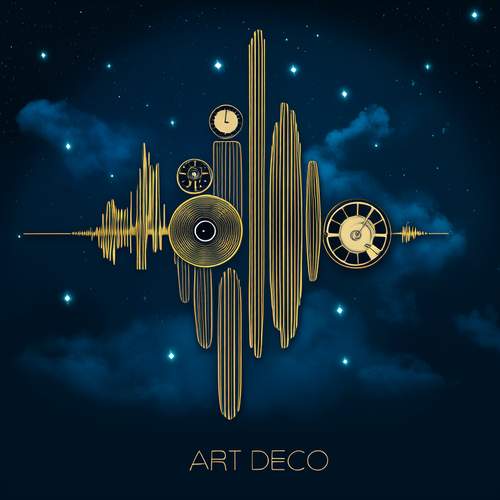
By /May 30, 2025

By /May 30, 2025
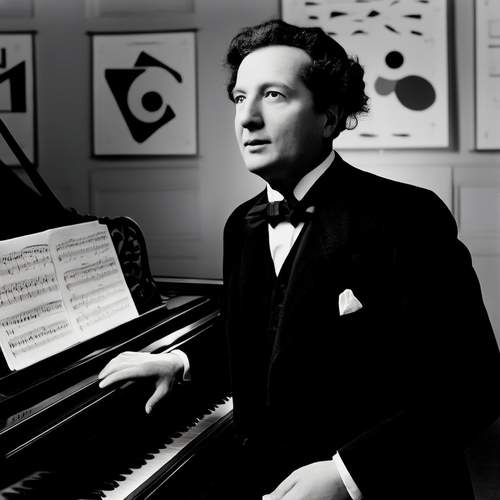
By /May 30, 2025

By /May 30, 2025
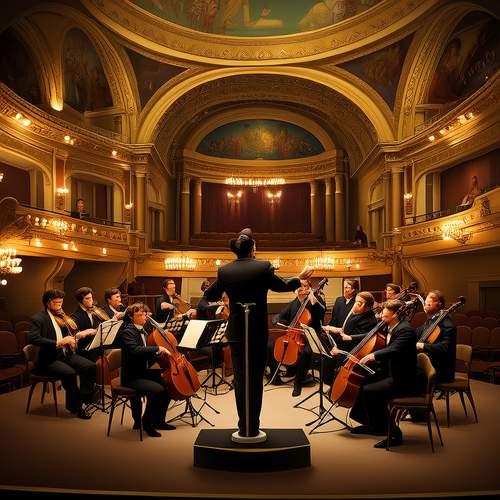
By /May 30, 2025

By /May 30, 2025
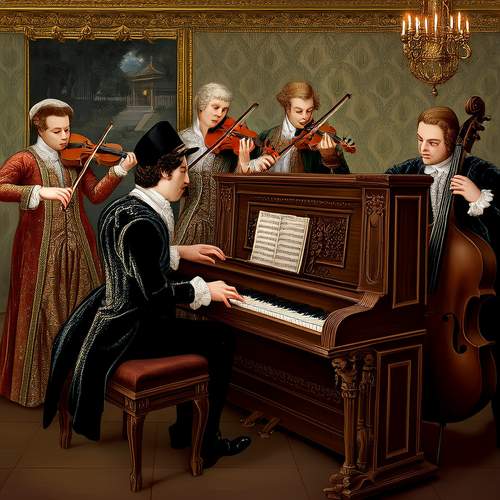
By /May 30, 2025
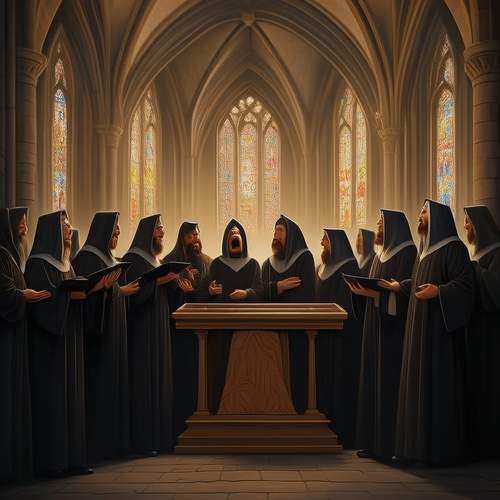
By /May 30, 2025

By /May 30, 2025
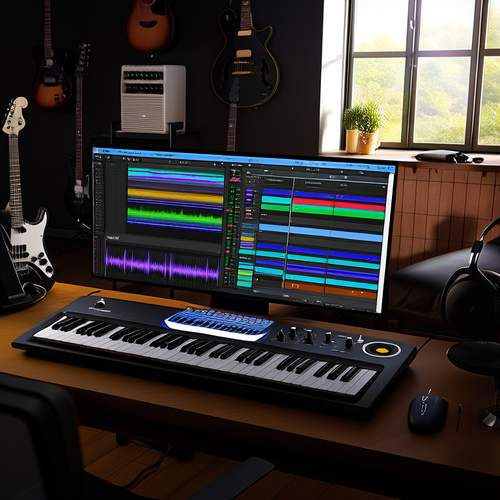
By /May 30, 2025
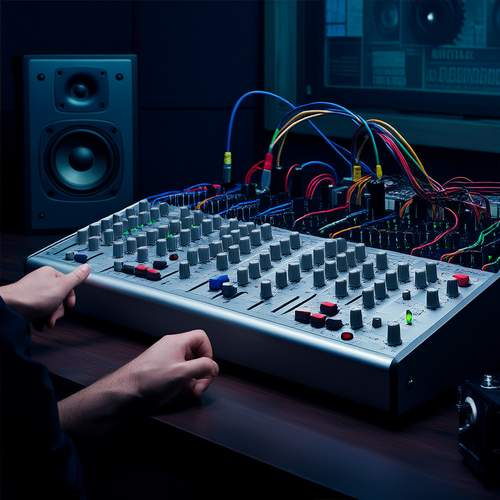
By /May 30, 2025
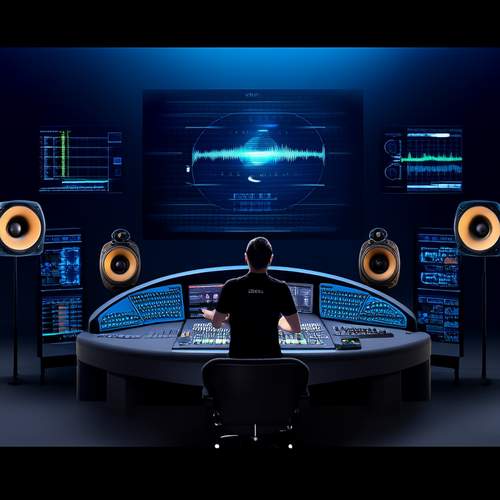
By /May 30, 2025
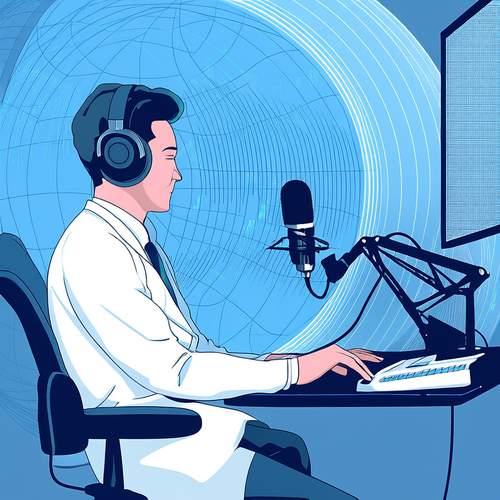
By /May 30, 2025
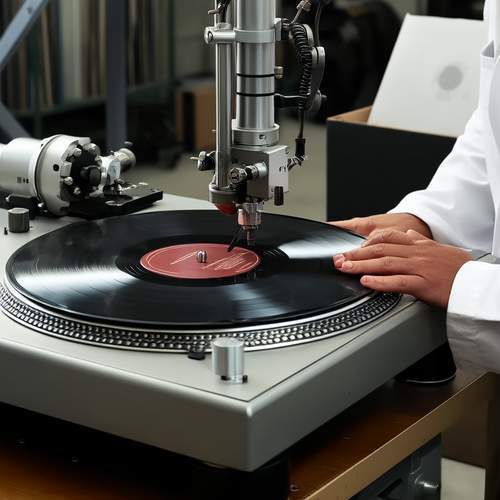
By /May 30, 2025
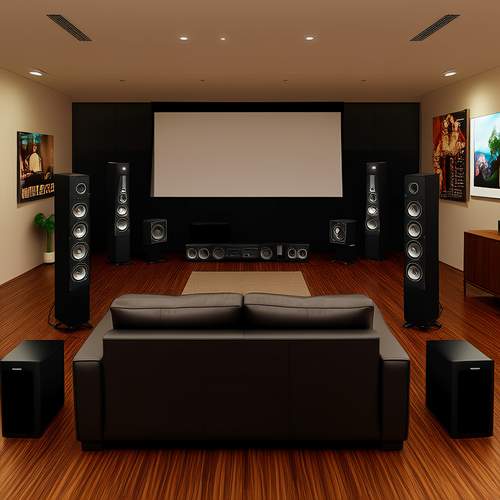
By /May 30, 2025
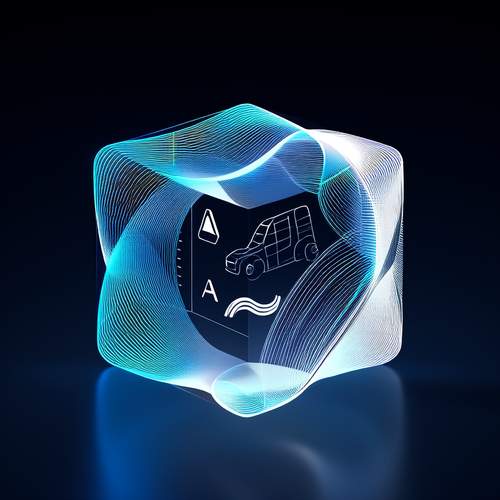
By /May 30, 2025

By /May 30, 2025
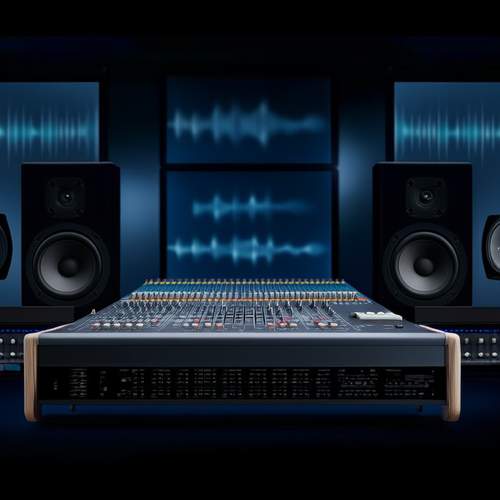
By /May 30, 2025
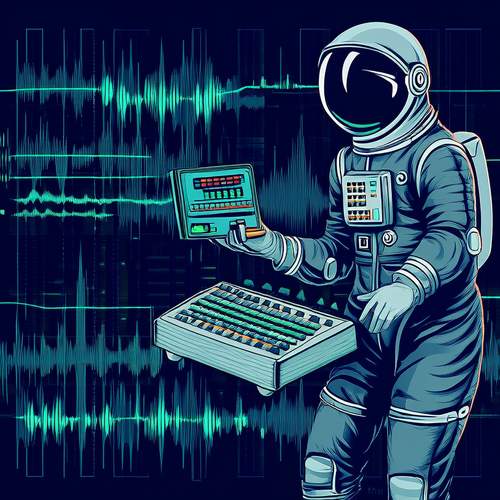
By /May 30, 2025